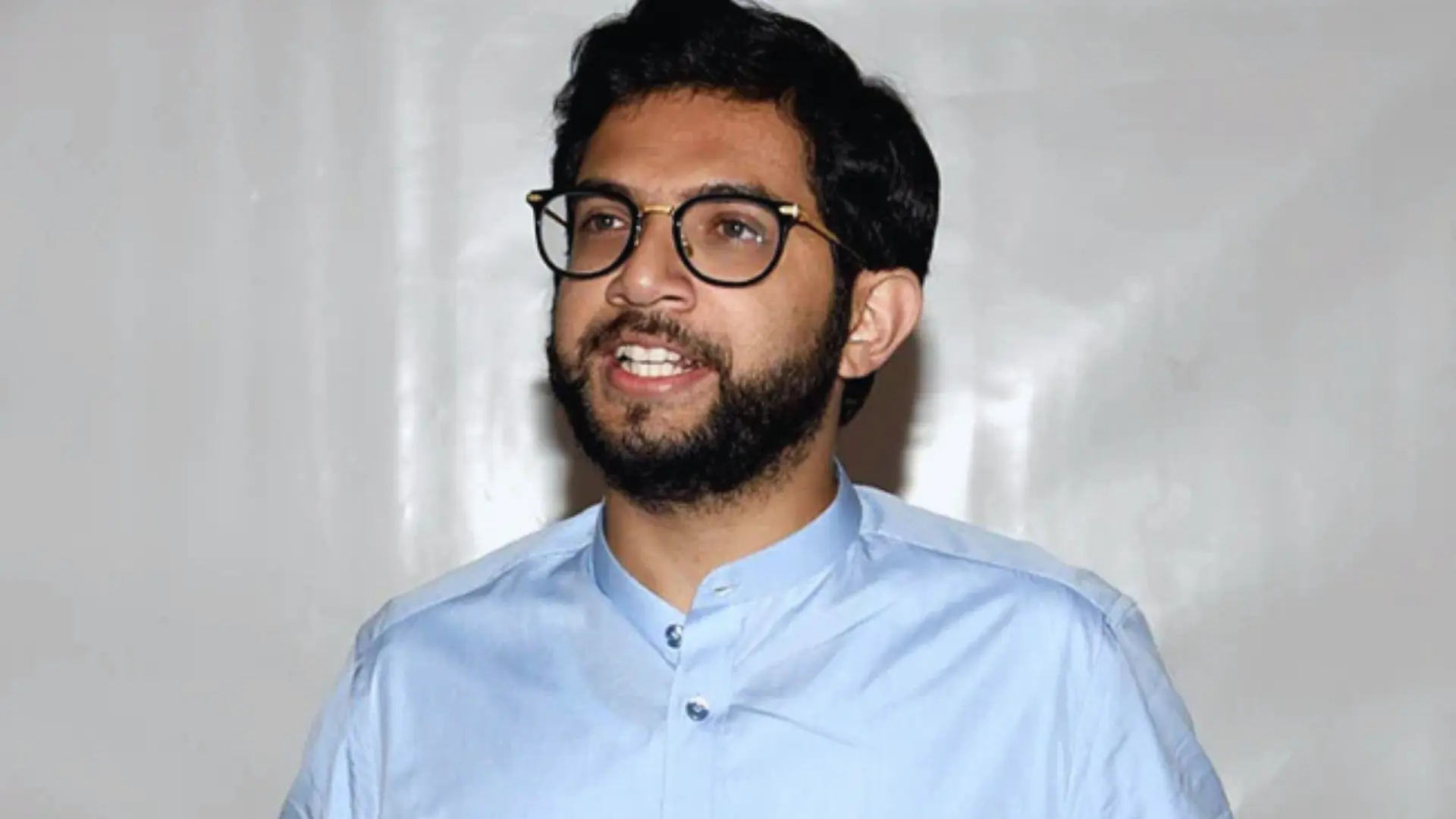On Wednesday, the inaugural Joint Commanders’ Conference commenced in Lucknow, focusing on advancing integration and preparing the Indian military for future conflicts. Chief of Defence Staff (CDS) General Anil Chauhan stressed the significance of jointness among the armed forces as India moves toward the long-awaited theaterization reform.
Key Discussions and Objectives
The conference marks a pivotal moment in shaping India’s military future. The event is attended by the three service chiefs and other senior military officials, with Defence Minister Rajnath Singh scheduled to join on Thursday. The theme, “Sashakt aur Surakshit Bharat: Transforming Armed Forces,” reflects a commitment to strengthening and modernizing India’s defense capabilities.
General Anil Chauhan underscored the critical role of integration, stating, “Jointness and integration are critical for adapting to the contours of future warfare and executing effective operations.” He elaborated on the theaterization model, which aims to optimize military resources for future conflicts. This blueprint is awaiting final approval from Prime Minister Narendra Modi.
READ MORE: PM Modi & Singapore’s Lawrence Wong Tour AEM Holdings Semiconductor Facility
Theaterization and Integration Plans
The proposed theater commands are set to significantly alter the Indian military’s operational framework. The northern theater command, focused on China, will be based in Lucknow. The western theater command, aimed at Pakistan, will be headquartered in Jaipur. Additionally, the maritime theater command will operate from Thiruvananthapuram, overseeing the Indian Ocean region.
General Chauhan praised the services for their efforts in laying the groundwork for this integration. He described the process as a step-by-step evolution—starting with cross-service cooperation, advancing to a joint operational culture, and eventually achieving full integration for combined operations.
Legislative and Strategic Developments
The Indian government enacted the Inter-Services Organisations (Command, Control and Discipline) Act in May to bolster jointness among the three services. This legislation is designed to establish inter-services organisations (ISOs) and grant their heads the authority to enforce discipline and oversee effective functioning across service branches.
The transition to theater commands will involve merging the current 17 single-service commands—seven each for the army and air force, and three for the navy. This reorganization aims to streamline command structures and enhance operational efficiency.
Army Chief General Upendra Dwivedi recently outlined the army’s strategy for the Amrit Kaal period, which leads up to India’s independence centenary in 2047. Discussions covered a range of goals, including theaterization, the reorganization of command headquarters, and the realignment of command, corps, and area boundaries.
Challenges and Considerations
A potential challenge is the recommendation that the three theater commanders-in-chief and a vice CDS should hold four-star general ranks, aligning them with the CDS and three Service chiefs, who currently outrank the secretaries to the Union government. Presently, the chiefs of the 17 single-service commands and two tri-Service commands are senior three-star officers.
As India navigates these transformative changes, the conference underscores the country’s commitment to building a more integrated and efficient military structure, poised to address future challenges with greater effectiveness.
Looking Ahead
The Joint Commanders’ Conference represents a critical step in refining India’s defense strategy. The ongoing reforms and integration efforts are poised to redefine the operational capabilities of the Indian armed forces, aligning them with the nation’s broader strategic objectives.
India’s top military brass is now finalizing the blueprint for the proposed theater commands for China, Pakistan, and the Indian Ocean Region. Senior officers have indicated that it will take 12 to 18 months for the tri-Service theater commands to take concrete shape after the government’s final approval.
“The blueprint, with the requisite command, control and operational structures for the theater commands, prepared by Chief of Defence Staff General Anil Chauhan, is more or less ready. Presentations have been made to the Defence Minister and others. The government will now have to take the final call,” an officer noted.
The reorganization will involve significant shifts: the China-centric northern theater command will be established in Lucknow, the Pakistan-focused western theater command in Jaipur, and the maritime theater command in Thiruvananthapuram. This restructuring will see the Indian Air Force relinquish its Southern Air Command and the Army give up its South-Western Command to accommodate the new theater commands.
ALSO READ: Kolkata Rape & Murder Case: Violence Erupts During Reclaim The Night Protest At Cooch Behar


















